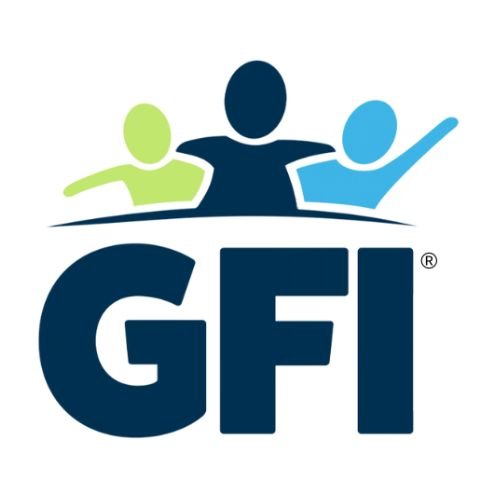"I want to see!"
Being the eldest of six children had its advantages when growing up. Until ALL of my younger siblings eventually surpassed me in height, I could often see things before they could: the first snow falling outside our window, the next float coming down the parade route, the favorite animal exhibit at the zoo. Invariably, one of my brothers or sisters would shout out, exasperated, "I want to see!" Then we'd step back, or bring one of the little ones up higher so he or she could get a better look.
That was an accommodation we'd make, but sometimes we wouldn't think about it until after the child spoke up.
So many people with autism have told us they're visual thinkers. Instead of thinking in language as most of us neuro-typicals do, they think in pictures. This isn't to say that all people with autism prefer pictures to language, but it is reasonable to assume, in case you either aren't able to ask or your person with autism isn't able to reply in a way you understand (yet), that visual supports are helpful for people with autism regardless of their age or verbal abilities.
You don't have to be a speech therapist, special education teacher, or autism support professional to create and use visual supports. Granted, to implement this evidence-based practice to fidelity, you have to do your homework. But let's say you're a parent getting ready for the weekend ... or a grandma trying to figure out how to communicate with her grandson ... or a student wanting to invite a friend to a party. You can use visuals to make life better for each of you!
Think of the ways you use visual supports already. Do you have a calendar on your wall somewhere? If you're writing down appointments and events, you're using a visual support. Do you have a list of things to do or buy? Also a visual support. How about an evite? Another visual support! They're good for organization, for independent functioning, and for multi-sensory approaches to learning. And that goes for everyone.
So instead of waiting for your person with autism to ask for a visual support, start creating them! And once you're using them successfully, think of other areas where this could be helpful -- a laminated check-off sheet for morning routines, a Time Timer for timed activities, breaking down multi-step projects, etc.). Don't think that the practice is limited to PECS, but think alerts on iPads and notes in pockets and signs on doors.
Do you have a favorite way you've used visual supports successfully? Please share with us and get the ideas going! (And if you haven't been clicking on the links embedded in this posting, you might want to go back and start there.) Meanwhile, I have to run. I have to make a visual support that's going to show my son how well he's doing with his despised (but necessary and helpful!) exposure therapy.

